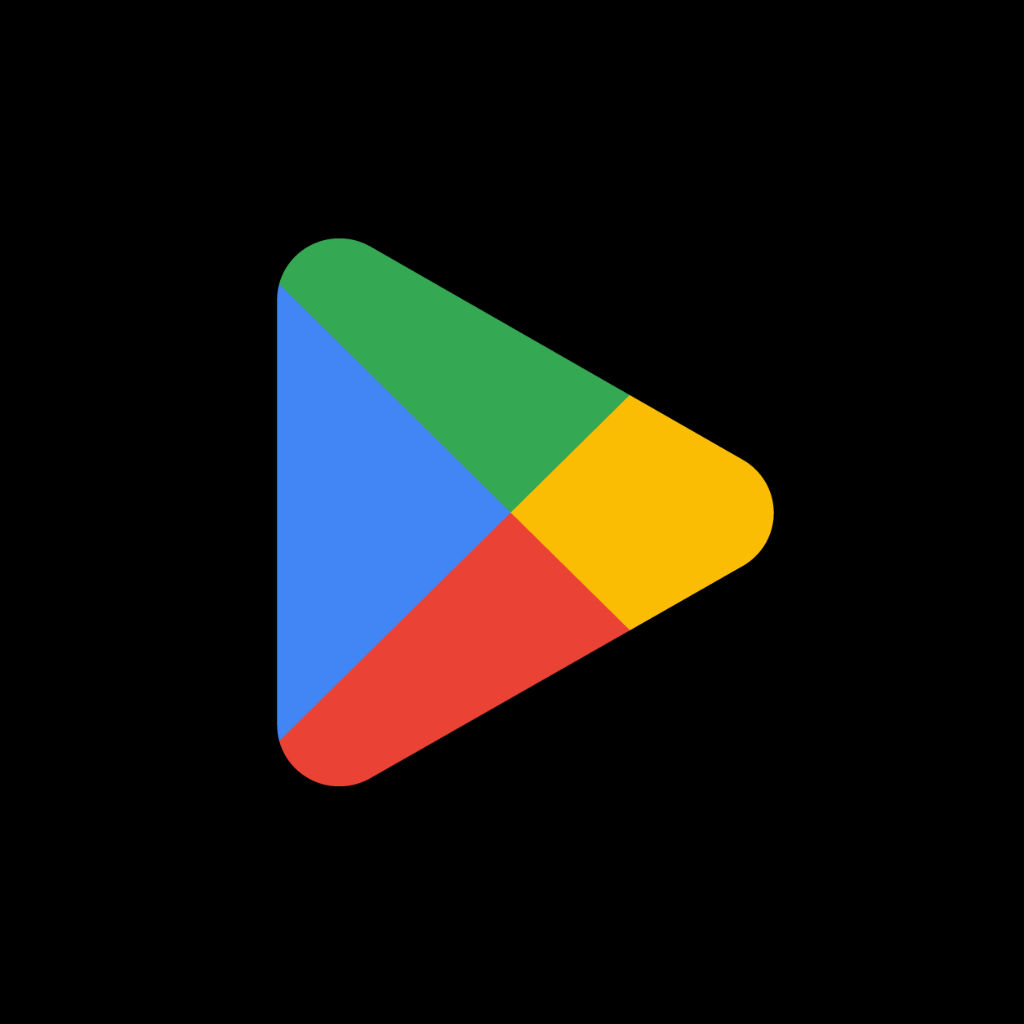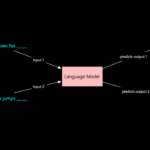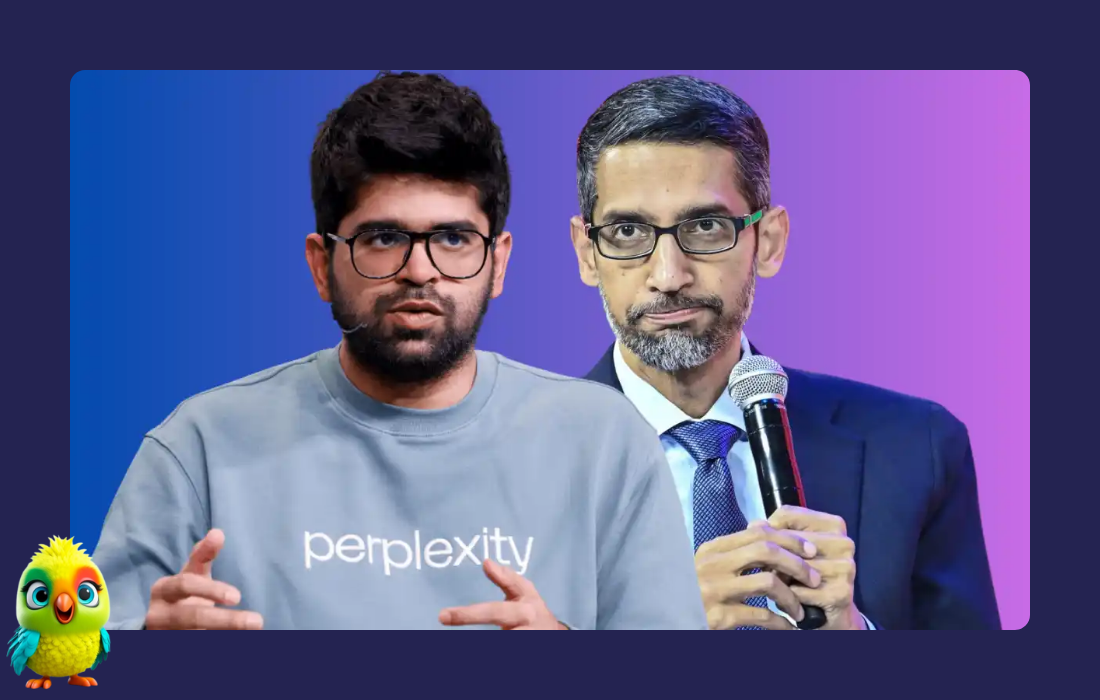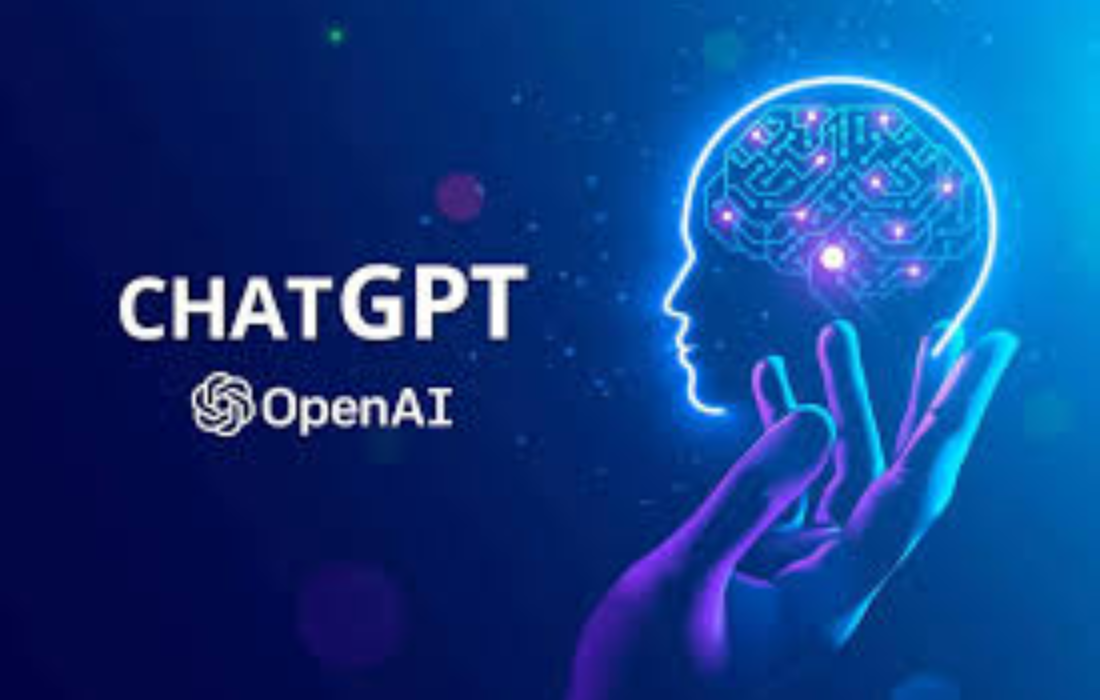Mobile development has evolved from a simple question of “iOS or Android?” into a rich, multi-faceted discipline that intersects technology, design, business strategy, and human behavior. Where developers once debated programming languages like Swift and Kotlin, today the discussion encompasses cross-platform frameworks, AI-powered personalization, wearable integration, AR/VR, sustainability, and evolving monetization models. For businesses and developers alike, keeping pace with these trends is essential to building apps that are not only functional but competitive in an increasingly saturated market.
Drawing on over 13 years of experience in building no-code and visual programming tools, and analyzing over 68,000 native apps created on these platforms, we can map the present and near-future landscape of mobile development with confidence. Below, we explore key trends shaping mobile app development in 2025 and what to expect moving into 2026.
1. Cross-Platform App Development: One Codebase, Multiple Devices
Historically, mobile development was tightly bound to operating systems: Swift for iOS, Kotlin for Android. This approach created redundancy and slowed development cycles. Cross-platform frameworks like Flutter, React Native, and .NET MAUI are redefining the space by allowing developers to write one codebase that runs natively across devices.
Advantages of cross-platform development include:
Speed: Developers can ship apps faster without duplicating work.
Resource efficiency: Fewer engineers are needed to maintain multiple versions.
Consistency: UI and UX remain uniform across devices.
The gap between native and cross-platform performance is narrowing, making cross-platform a realistic choice even for complex applications. According to current estimates, around one-third of developers already use cross-platform frameworks, with adoption expected to grow at a CAGR of 20
Practical advice: When selecting a framework, distinguish between “true native” frameworks and those that simply wrap web apps. Platforms like Bubble offer native performance while enabling visual, no-code development — an ideal combination for founders seeking speed without sacrificing quality.
Read: Jetpack is a suite of libraries, tools, and guidance provided by Google.
2. AI Features: The Invisible Engine of Apps
Artificial intelligence is no longer a novelty; it is woven into the very fabric of modern apps. Even apps that are not marketed as “AI apps” now rely on AI for:
Chatbots and customer support
Visual search and image recognition
Personalized content recommendations
Automatic labeling and organization of user data
Real-time translation and talk-to-text
Generative AI is also on the rise, with adoption doubling in the past year. Consumers increasingly expect AI functionality as part of their app experiences, and the global AI market is projected to reach $407 billion by 2027, reflecting widespread integration.
Key takeaway for developers: AI should be considered a core capability rather than an optional enhancement. Platforms that simplify AI integration, such as Bubble’s AI and API connectors, allow developers to add sophisticated functionality without extensive coding. However, success requires thoughtful design: AI accelerates development, but building a scalable, sustainable app remains a complex, human-driven process.
Read: Programming for Android with Kotlin and Android Studio for beginners
3. AI App Generation and No-Code Development
Beyond using AI in apps, AI is increasingly used to build apps themselves. No-code and low-code tools, combined with AI-assisted code generation, are transforming how software is created. Recent surveys show:
76
81
Most developers expect AI to become essential for writing, testing, and documenting code within a year.
Caution: While AI can generate initial functionality quickly, fully operational and market-ready apps require human oversight. Platforms that combine AI with visual development tools provide the fastest path from idea to fully functional app.
Read: What You Should Know as an Android Developer
4. Wearable Technology Integration
The wearable tech market is expanding rapidly, driven by devices like Apple Watches, Fitbits, smart rings, and emerging healthcare gadgets. Market projections indicate $100 billion in growth between 2025–2029.
Implications for developers:
UI/UX design must adapt to smaller or screenless devices.
User interaction will increasingly involve non-touch gestures, voice, or motion.
Vertical integration matters: health, fitness, and travel apps should leverage wearable data to enhance functionality.
APIs and cross-platform tools facilitate integration with wearables, making it possible to create rich, context-aware user experiences.
Read: How to Create Your First Android App Using Kotlin
5. AR and VR Integrations
AR and VR are no longer confined to gaming. In 2025, over 1.07 billion mobile AR users exist, with AR/VR applications extending to retail, healthcare, education, and more. Benefits include:
Increased engagement (users spend ~20
Higher conversion rates in ecommerce (~20
Expansion of wearable AR technology projected to 5x by 2029.
Strategic insight: Early adoption of AR/VR features can provide a competitive edge. Platforms that support rapid prototyping and easy API integration allow developers to experiment with immersive experiences without prohibitive costs.
Read: Understanding Virtual Reality: The Future of Immersive Technology
6. Hybrid Monetization Models
Hybrid monetization, combining subscriptions, in-app purchases (IAP), and in-app advertising (IAA), is becoming the norm. Gaming apps adopting hybrid strategies see up to 57 Considerations for app builders: Plan monetization early. Balance revenue streams with user experience. Avoid over-reliance on third-party platforms that take revenue cuts. Voice interactions are gaining traction, particularly in multitasking scenarios (cooking, driving, etc.). Common applications include: Voice-to-text transcription Navigation and music control Virtual assistants like Siri, Alexa, and Google Assistant Design implications: Developers must ensure that apps remain navigable and functional through voice, incorporating VUI support as part of the UX strategy. Read: How to Get Started with Convolutional Neural Networks The widespread rollout of 5G networks is unlocking new possibilities for mobile apps: Faster speeds (up to 100x faster than 4G) Low latency for real-time interactions High device density support, enabling advanced IoT applications IoT, AI, AR/VR, and cloud-enabled features are increasingly feasible thanks to robust 5G connectivity, creating new opportunities for immersive, real-time mobile experiences. Read: Exploring the Diverse Fields Within Artificial Intelligence (AI) Apps are increasingly leveraging predictive analytics to tailor user experiences. Music, fitness, and ecommerce apps now use historical behavior to generate personalized recommendations, improving engagement and revenue. Evidence of impact: 89 Read: How NVIDIA Graphics Work: A Comprehensive Guide to GPUs Foldable devices, such as the Samsung Galaxy Z Fold 5 and Huawei Mate X5, are gaining traction. By 2027, sales are expected to reach 70 million units, driving demand for adaptive app interfaces. Key focus: Design apps that seamlessly transition between folded and unfolded states while preserving usability and performance. Read: Learn Python Programming from Scratch Using The Ultimate 2025 Guide to get you started Security is a fundamental priority. Developers must implement: Multi-factor authentication (MFA) Biometric authentication Secure communication protocols (HTTPS) Role-based access control (RBAC) Regular updates and patches Privacy is also increasingly a market differentiator. Transparent data policies and careful handling of sensitive information foster trust, aligning with regulatory and consumer expectations. Read: Sending Emails and SMS with Python: A Comprehensive Guide The adoption of low-code and no-code platforms has grown dramatically. Gartner predicts that 70 Accelerate prototyping and development Enable non-developers to contribute Complement traditional engineering, rather than replace it Read: Machine Learning: Creating a Machine Learning Model The future of mobile app development is defined by convergence: AI becomes a built-in layer, not a feature. Cross-platform frameworks rival native performance. Mixed reality and AR/VR enter practical, everyday use cases. Edge computing enables faster, more private processing on devices. Composable architectures allow faster iteration and updates. External forces — including privacy, sustainability, accessibility, and cultural localization — will continue to shape development decisions. Successful teams will balance innovation with obligation, designing apps that delight users, comply with regulations, and operate efficiently in a fragmented, global ecosystem. Key principle for 2026: Treat technology as a tool to create user value, not as an end in itself. Focus, experimentation, and flexibility will separate the winners from the rest. Read: How Machine Learning Works: A Beginner’s Guide Mobile app development has become central to business strategy. Trends in 2025–2026 emphasize speed, personalization, cross-platform fluency, AI integration, and immersive experiences, while external pressures — privacy, sustainability, and accessibility — demand careful planning. Businesses and developers who embrace these trends strategically will not only survive but thrive, delivering apps that meet evolving user expectations and remain agile in a fast-moving digital landscape. For those willing to learn, iterate, and balance ambition with practicality, mobile app development remains one of the most exciting and impactful arenas in technology. References and Resources: Stack Overflow Developer Survey 2024–2025 Gartner, Low-Code/No-Code Predictions 2025 Statista, Global Mobile and AR Market Reports 2024–2025 Bubble, No-Code & AI App Development Insights SaM Solutions, Mobile App Development Trends 20257. Voice User Interfaces (VUIs)
8. 5G Technology Integration
9. Predictive Analytics and Personalization
10. Foldable Devices and Flexible Interfaces
11. Security and Privacy
12. Low-Code / No-Code Development
Looking Ahead: 2026 and Beyond
Conclusion






















